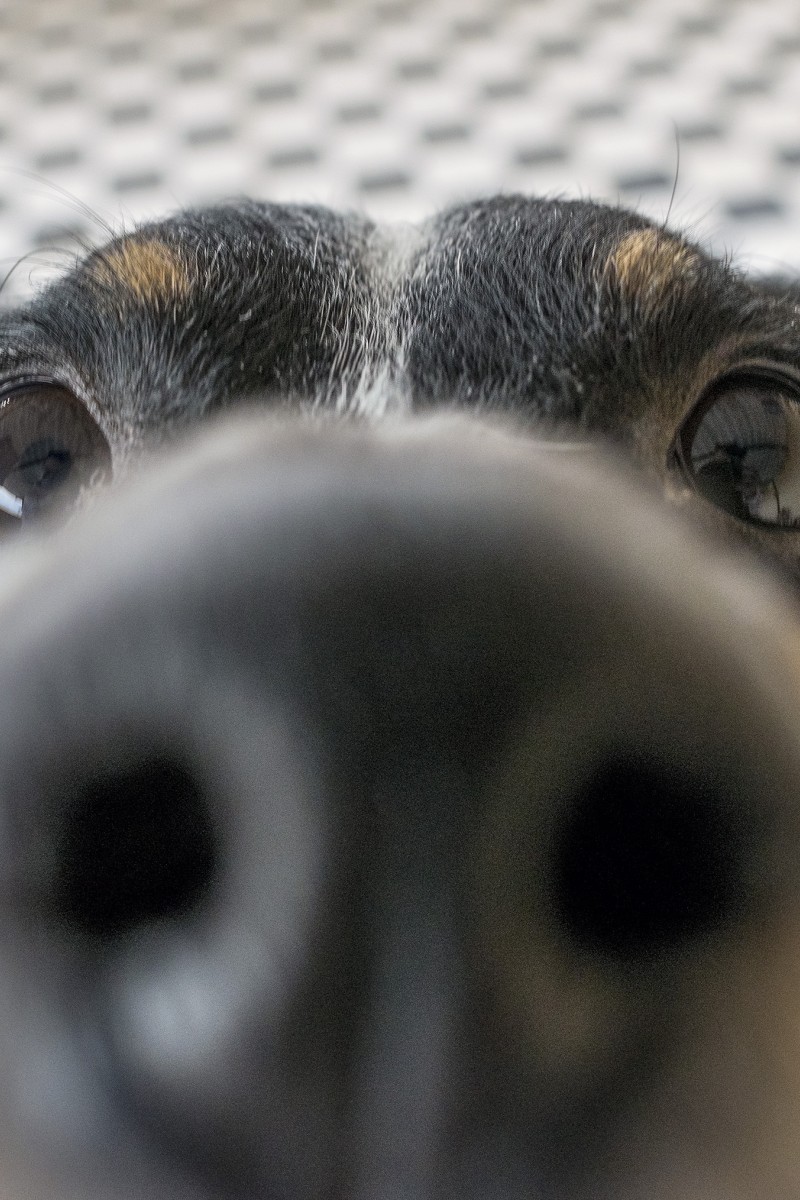
Specially trained dogs can sniff out cancer from a piece of cloth that has touched the breast of a woman with a tumour. In 2017, a pair of German shepherds were trained to become breast-cancer spotters as part of an unusual, but promising, diagnostic trial. With just six months of practice, a pair of German shepherds became 100 per cent accurate in their new role as breast-cancer spotters.
“In [developed] countries, there are oncologists, there are surgeons, but in rural areas often there is limited access to diagnostics,” says Isabelle Fromantin, who leads cancer-detection project Kdog. This means that “people arrive too late” to receive life-saving treatment, she adds. “If this works, we can roll it out rapidly.”
Working on the assumption that breast cancer cells have a distinguishing smell that sensitive dog noses will pick up, the team collected samples from 31 cancer patients. These were pieces of bandage that patients had held against their affected breast. Dogs’ noses have roughly 125 million to 300 million scent receptors, while humans have a relatively paltry five million.
Lesson plan: Olfactory fatigue
With the help of canine specialist Jacky Experton, the team trained German shepherds Thor and Nykios to distinguish cancerous rags from non-cancerous ones. “It is all based on game-playing” and reward, he explains.
The dogs were put to the test over several days, and the researchers used 31 bandages from different cancer patients than those the dogs had been trained on. One bandage was used per experiment, along with three samples from women with no cancer.
Man’s best friend, indeed.
